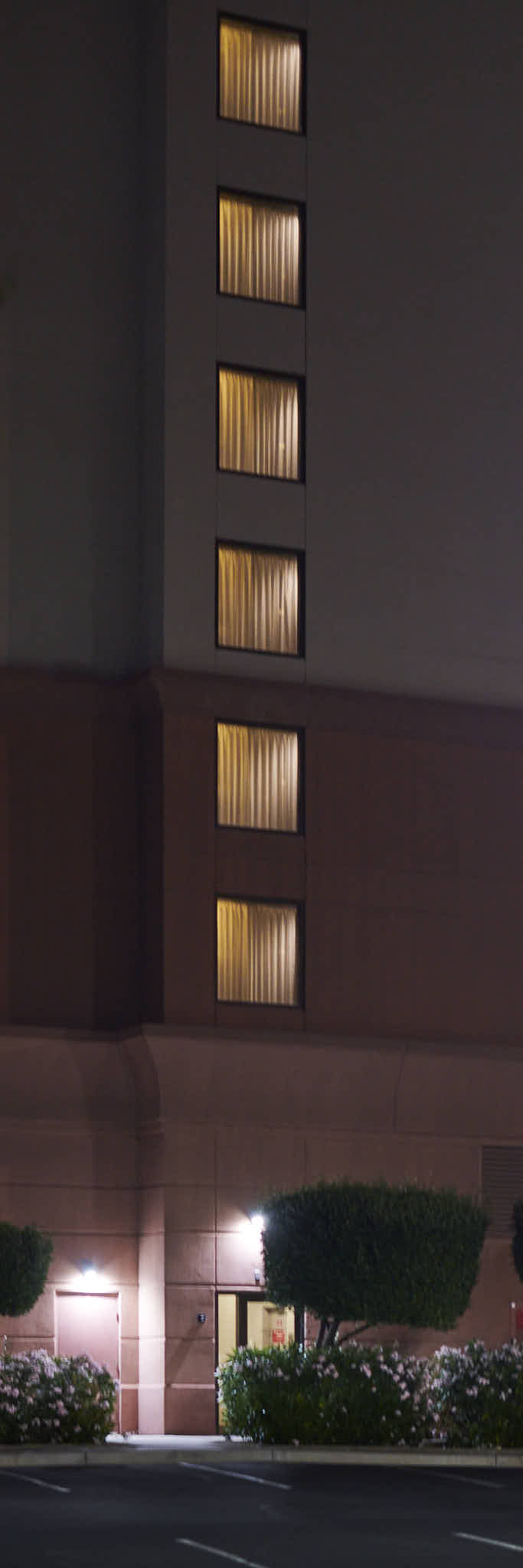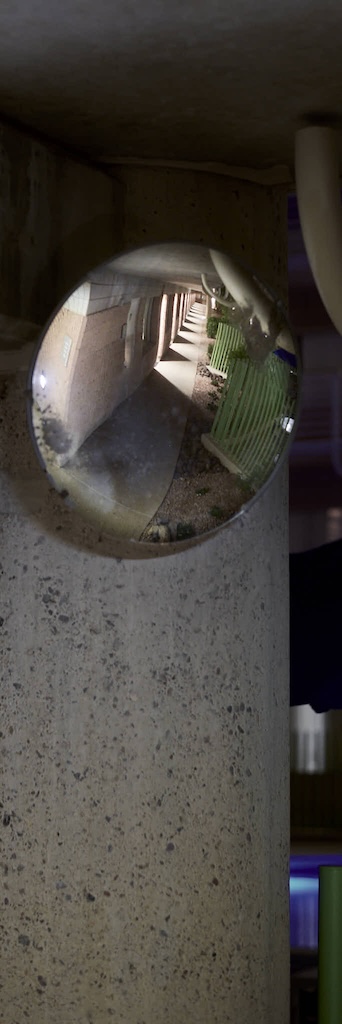Unless you had a darkroom and some motivation, film made it inconvenient to use aspect ratio as a creative option. Film came in standard sizes. If you thought a particular scene looked best in a square format, you reached for your 6×6 camera that shot square negatives. If the next scene leant itself to a panorama, you had to dig out the XPan or the 6×17 Shen Hao. Maybe you saw a scene that would look amazing on 1.31×1 ratio. Now you need a 110 Instamatic. Sure, you could shoot any scene on any ratio film and crop once you saw the enlargements, but then you would have wasted all that silver. And you had to find a place that would print enlargements that didn’t fall into one of the typical formats.
When shooting film, physical and commercial constraints discouraged (and still discourage) thinking about aspect ratio as part of the creative process.
Digital files, editing software, and photo printers lower the barrier to using different aspect ratios. Now it is easy to pick any aspect ratio that helps realize some creative vision. Sure, you might be “throwing away all those pixels,” but who cares? Pixels are cheap. Paper is relatively inexpensive and easy to trim. You can do more than crop to “isolate the subject.” Now it is easy to use different aspect ratios to achieve different goals.


I love having the option to pick any aspect ratio, from square to extremely rectangular. I walk around and can think in particular ways about how to create a photograph from a portion of a scene. I use aspect ratio to create the photographs I want to see.
Walking along N. 44th street, for example, I saw three different scenes that seemed, to me, to lend themselves to an extremely narrow aspect ratio. A column of windows on the side of a hotel and five exterior landings at another hotel are perhaps obvious. The hallway of lights reflected in a mirror was, perhaps, a little less so.

In any event, the tyranny of aspect ratio is over.